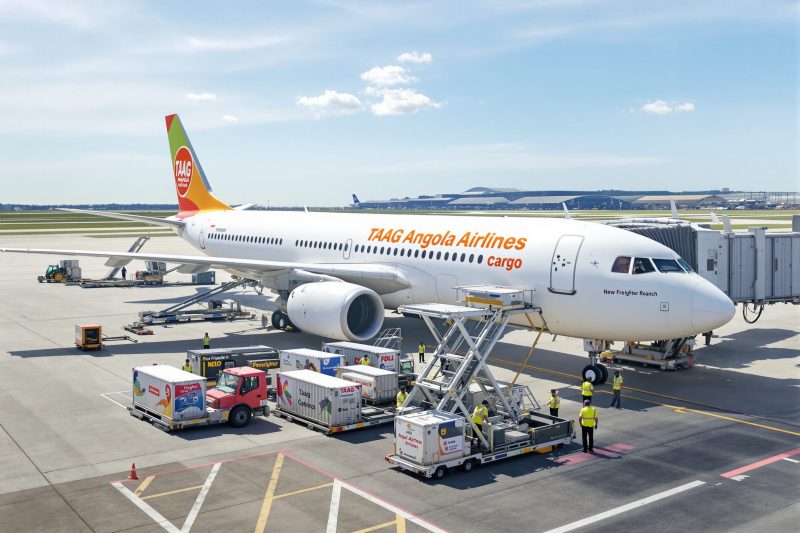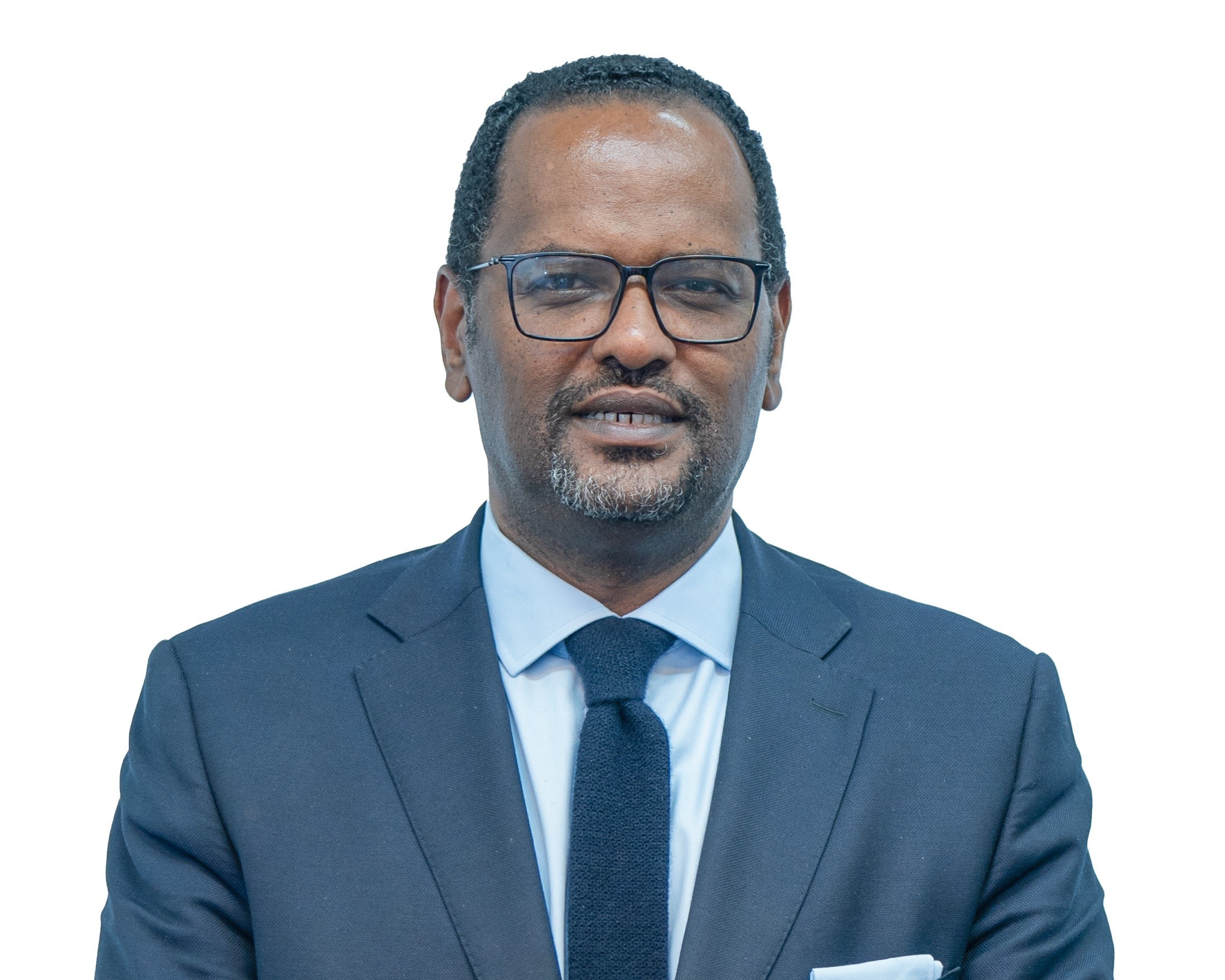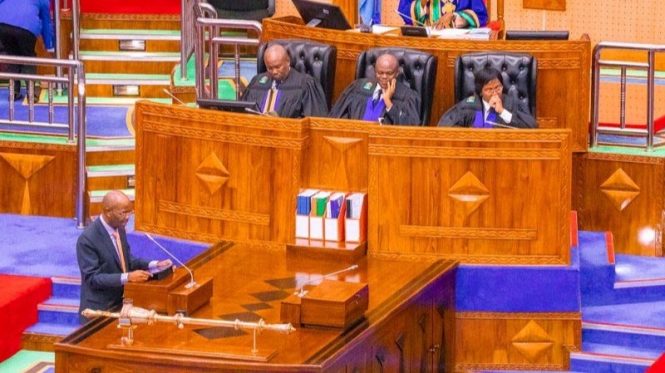Aerospace giant Airbus has recently unveiled a network of unserved air routes across Africa, presenting a wealth of opportunities to boost transportation, trade, and economic growth on the continent.
The study, titled “Exploring the horizons: A study of unserved air routes to, from and within Africa,” is a collaborative effort between Airbus and AviaDev. It focuses on city pairs that could support direct flights but currently lack them.
The analysis utilizes origin and destination (O&D) traffic data and flight schedules to identify these potential routes, covering the period from December 2022 to November 2023.
Intra-African Growth Opportunities
The study highlights several promising intra-African routes that could benefit from direct flights, including:
- Dakar (Senegal) – Libreville (Gabon): This route experienced a compound annual growth rate (CAGR) of nearly 12% between 2015 and 2019, indicating strong development potential.
- Abidjan (Côte d’Ivoire) – Douala (Cameroon): This link shares similarities with Dakar-Libreville and could also capitalize on a direct service.
- Lagos (Nigeria) – New York (USA): Pre-pandemic traffic between these two cities showed an upward trend, and a resumption of direct flights could swiftly recover lost traffic.
- Nairobi (Kenya) – Washington (USA): Despite technical challenges due to Nairobi’s airport altitude, this route holds significant potential given the diplomatic and economic ties between the two cities.
Promising Intercontinental Links
In addition to intra-African routes, the study also identifies high-potential unserved intercontinental routes, such as:
- Lagos – New York
- Lagos – Toronto
- Lagos – Houston
- Harare – London
- Johannesburg – Mumbai
- Entebbe – London
- Lagos – Manchester
- Nairobi – Washington
- Durban – London
- Cape Town – Brussels
Recommendations to Boost Connectivity
The study provides recommendations to unlock the potential of these unserved air routes, including:
- Dakar – Libreville: A direct service could commence with single-aisle aircraft of 100 to 140 seats, operating around 4 flights per week.
- Abidjan – Douala: A direct service could be launched with single-aisle aircraft of 100 to 120 seats, operating up to 3 flights per week.
- Lagos – New York: Resuming direct flights could support 5 weekly flights using wide-body aircraft with 250 seats.
- Nairobi – Washington: A direct service could be viable with wide-body aircraft of 250 seats, operating 5 flights per week.
The study emphasizes the importance of stimulating traffic and optimizing aircraft capacities to ensure the profitability of new routes. It also recommends close collaboration between airlines, airports, and local authorities to maximize economic benefits and enhance connectivity across Africa.
By unlocking Africa’s untapped aerial potential, these unserved routes can play a pivotal role in fostering trade, tourism, and economic growth across the continent.






